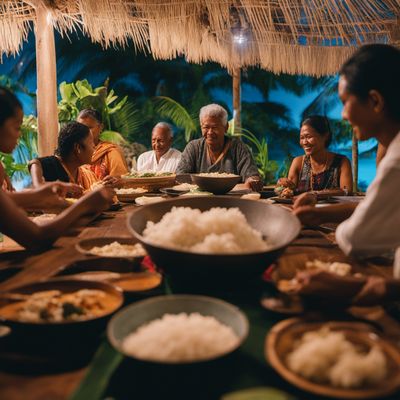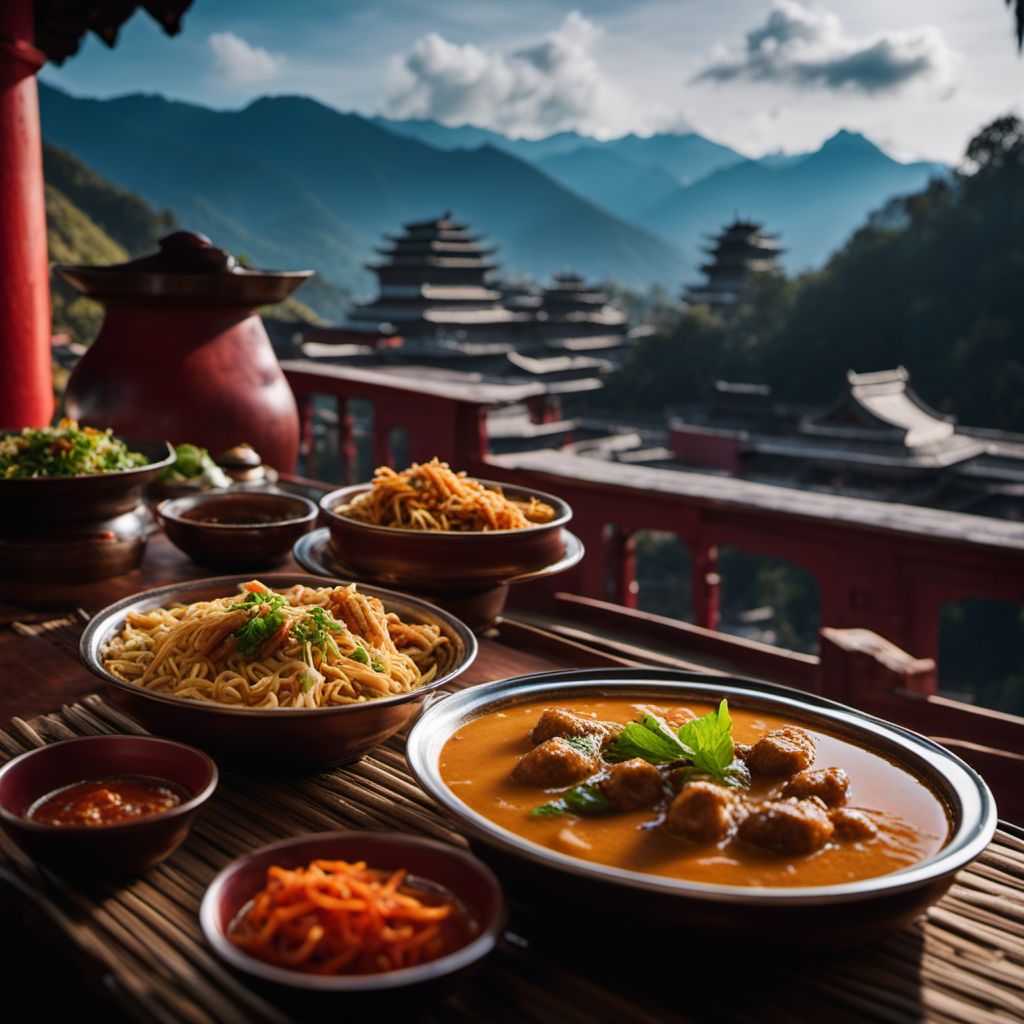
Cuisine
Sikkimese cuisine
Sikkimese cuisine is known for its simplicity and use of organic ingredients. The cuisine is heavily influenced by the state's geography and climate. The food is usually mild in taste and less spicy than other Indian cuisines. The cuisine is also known for its fermented foods and beverages.
Typical ingredients
Rice, Maize, Wheat, Barley, Millet, Yak meat, Pork, Beef, Chicken, Fish, Vegetables (potatoes, beans, bamboo shoots)
Presentation and garnishing
Sikkimese cuisine is usually presented in a simple and elegant manner. The cuisine is often garnished with fresh herbs and spices. The cuisine is also served with various dips and chutneys.
Sikkimese cuisine is also known for its use of medicinal herbs and plants. The cuisine uses various herbs and plants such as nettle, dandelion, and burdock which are known for their health benefits.
More cuisines from this region...
History
Sikkimese cuisine has a rich history that dates back to the 13th century. The cuisine has been influenced by the migration of Nepalese and Tibetan people to the region. The cuisine has also been influenced by the trade routes that passed through the region.
Cultural significance
Sikkimese cuisine is an important part of the state's culture. The cuisine is often served during festivals and special occasions. The cuisine is also an important part of the state's tourism industry.
Health benefits and considerations
Sikkimese cuisine is known for its health benefits. The cuisine uses a lot of organic ingredients and is less spicy than other Indian cuisines. The cuisine is also known for its fermented foods and beverages which are good for digestion.
Sikkimese cuisine dishes
Sikkimese cuisine recipes Browse all »
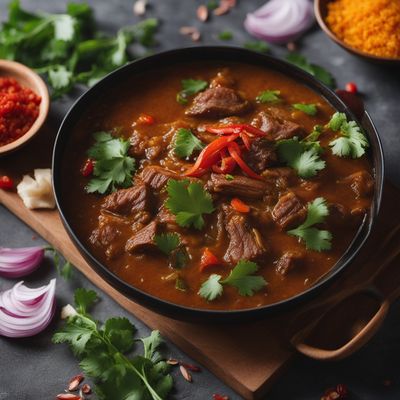
Sikkimese-inspired Balšića Tava
Himalayan Delight: Sikkimese-inspired Balšića Tava
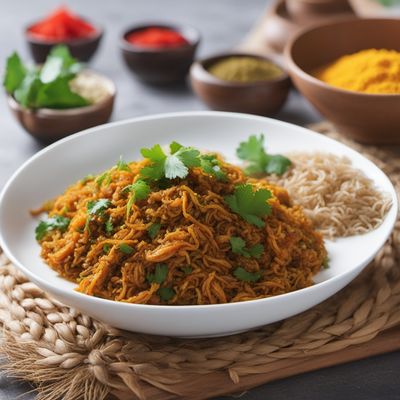
Sikkimese-inspired Ris e Malastre
Himalayan Delight: Sikkimese-inspired Ris e Malastre
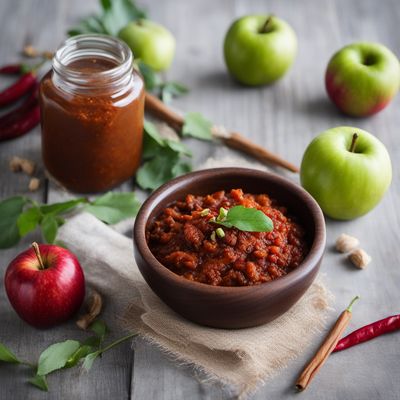
Sikkimese Apple Chutney
Tangy Delight: Sikkimese Apple Chutney

Kalogeros with a Sikkimese Twist
Sikkimese-inspired Kalogeros: A Fusion of Greek and Himalayan Flavors

Sikkimese Style Chapulines Chutney
Sikkimese Delight: Chapulines Chutney with a Twist

Sikkimese Hotdish
Spicy Delight: Sikkimese Hotdish with a Twist
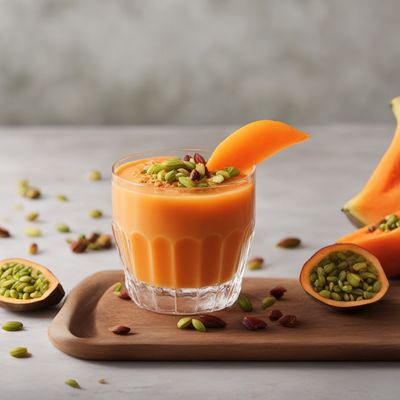
Sikkimese Papaya Delight
Himalayan Papaya Bliss

Sikkimese-style Askordoulakous with Local Flavors
Himalayan Twist: Sikkimese-style Askordoulakous
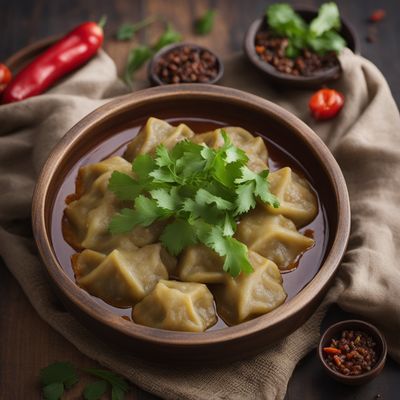
Sikkimese-style Stuffed Dumplings
Himalayan Delight: Sikkimese-style Stuffed Dumplings

Sikkimese-inspired Spicy Sausage Delight
Sikkimese Spiced Sausage with Local Flavors
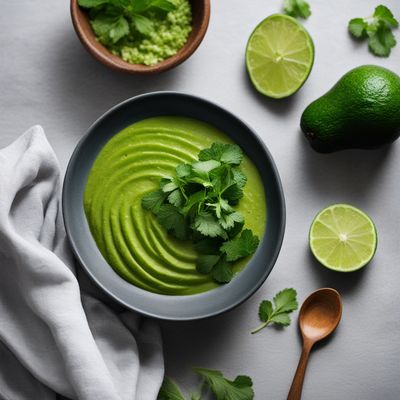
Sikkimese Style Avocado Chutney
Himalayan Avocado Delight
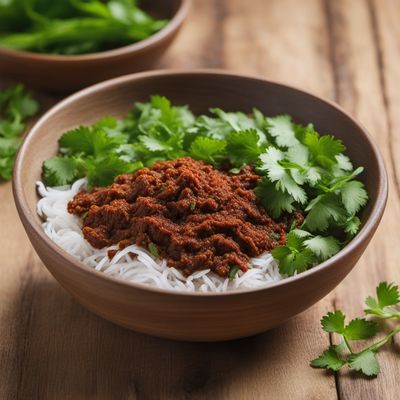
Sikkimese Style Tororo
Mountain Delight: Sikkimese Style Tororo
